The Bang & Olufsen Beosound Balance is a handsome, heavy, and very expensive wireless home speaker that aims to provide room-filling sound from a discrete cylinder that is at home on a bookshelf or end table. It can run Google Assistant, so it can manage some household functions and answer questions as well as play music. The device has an algorithm that allows it to adjust to different positions and conditions to customize the soundscape.
Bang & Olufsen describes it this way: “With its unique acoustic configuration of seven drivers, Beosound Balance is made to deliver a strong bass performance and a broad sound image for truly room filling sound when you want it. The ability to provide beam forming technology also enables Beosound Balance to deliver sound directivity for focused listening from all positions – all in one package.”
We put the Bang & Olufsen Beosound Balance through our rigorous DXOMARK Wireless Speaker test suite. In this review, we will break down how it fared at audio playback in a variety of tests and several common use cases.
Key specifications include:
- Bluetooth, AirPlay 2, Cast, combination 3.5 mm combo line-in/optical jack and 2 ethernet ports
- Cylindrical, 20 cm in diameter (7.8 inches) x 38 cm high (15 inches)
- 7.2 kg (15.8 pounds)
- 2 x 5.25″ woofer drivers, 2 x 3″ full-range drivers, 2 x 2″ full range drivers, 1 x ¾” tweeter
Test conditions:
- Tested with iPhone
- Communication protocol used: AirPlay
- Firmware version: 1.4.19009
About DXOMARK Wireless Speaker tests: For scoring and analysis in our wireless speaker reviews, DXOMARK engineers perform a variety of objective tests and undertake more than 20 hours of perceptual evaluation under controlled lab conditions. This article highlights the most important results of our testing. Note that we evaluate playback using only the device’s built-in hardware. (For more details about our Speaker protocol, click here.) The Bang & Olufson Beosound Balance falls into the Premium category of devices in the DXOMARK Speaker rankings.
Test summary
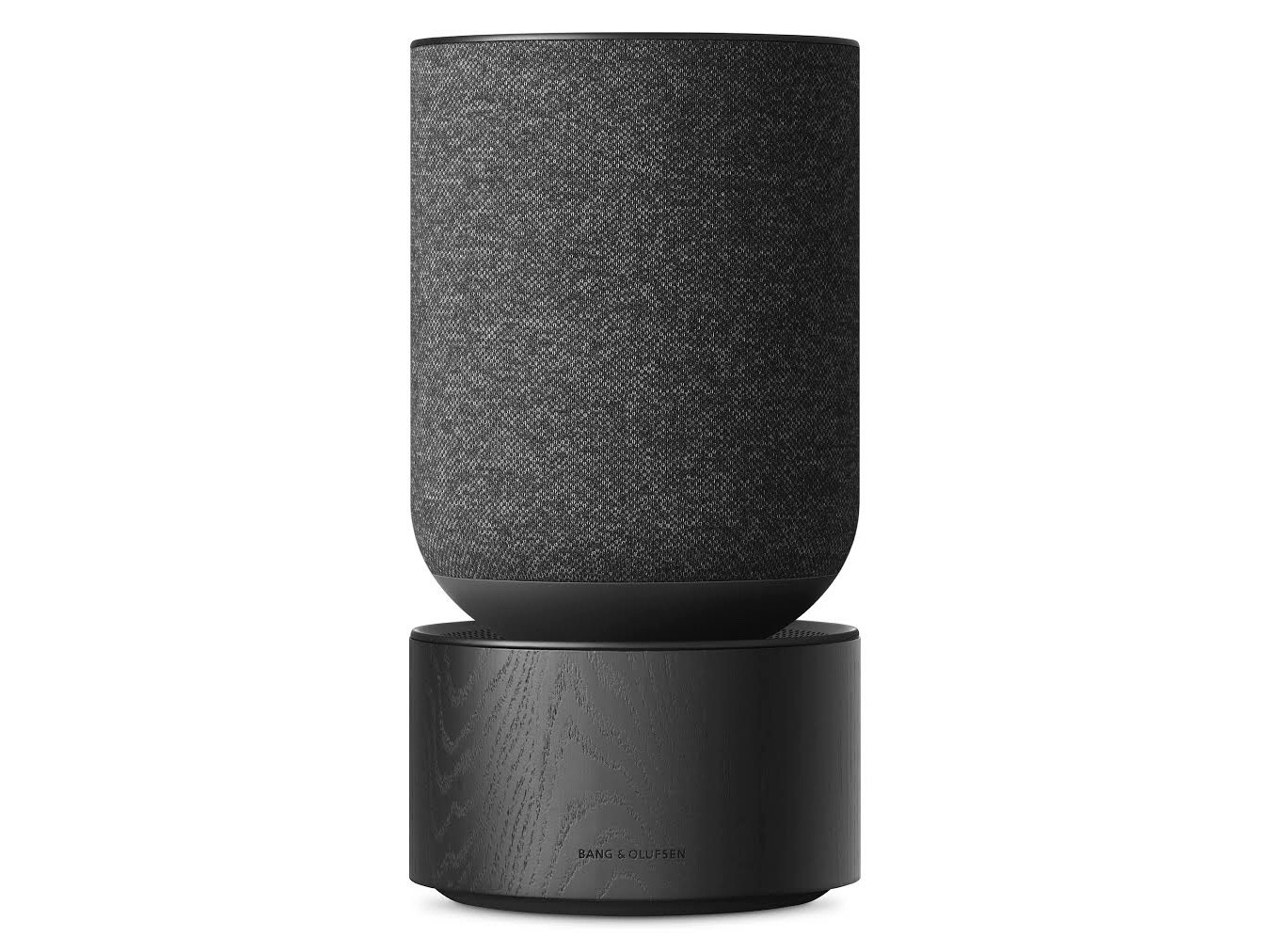 Bang & Olufsen Beosound Balance
Bang & Olufsen Beosound Balance


Pros
- Good treble presence and bass rendering
- Great spatial performance thanks to 360-degree design
- Impressive maximum volume
- Limited perceivable artifacts
Cons
- Uneven tonal balance
- No perceived wideness
- Dynamics affected by speaker compression, especially for video content
From a global performance standpoint, the Beosound Balance is in elite company with its score of 145, grouped at the top of our database of premier and advanced home speakers with such devices as the Google Home Max at 145 and Cabasse The Pearl Akoya at 144. It’s fifteen points down from our current top score of 160 held by the Bowers & Wilkins Formation Wedge, but achieved top scores in the dynamics and spatial attributes.
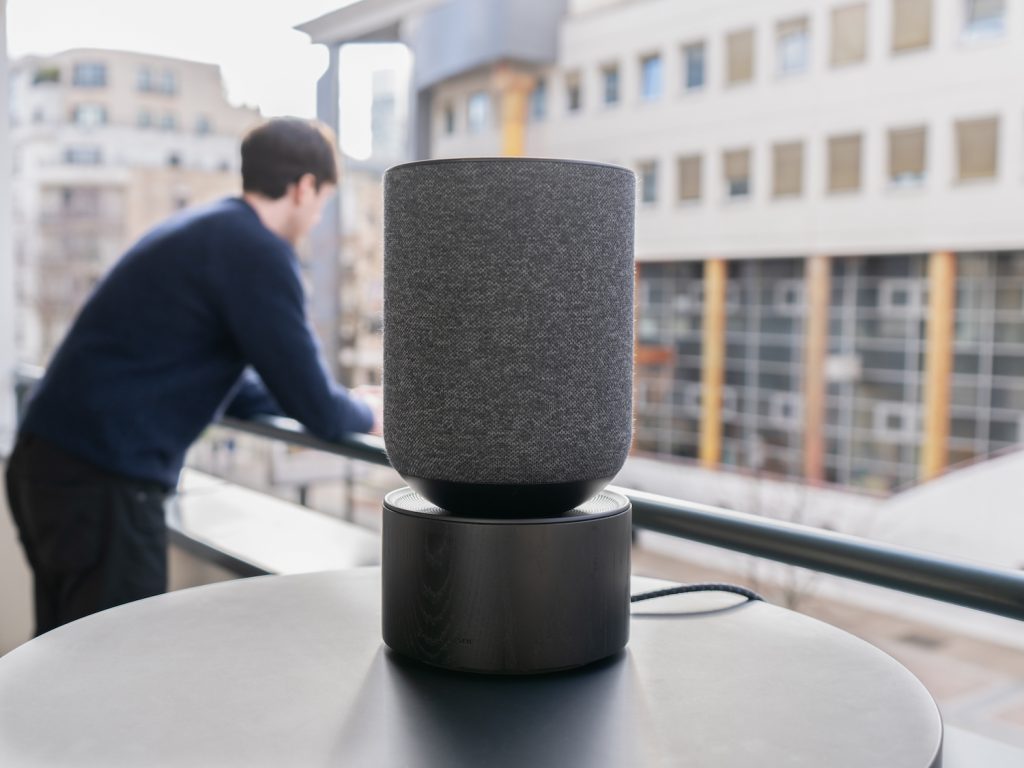
The Bang & Olufsen Beosound Balance gave a strong overall performance, with good treble presence and adept bass rendering, even at low volume. It has great directivity performance thanks to its 360-degree design. Bass precision was excellent, and our engineers noted that the maximum volume was quite impressive. The Beosound Balance produces clean sound as well, despite a few artifacts noted perceptually at loud and maximum volumes.
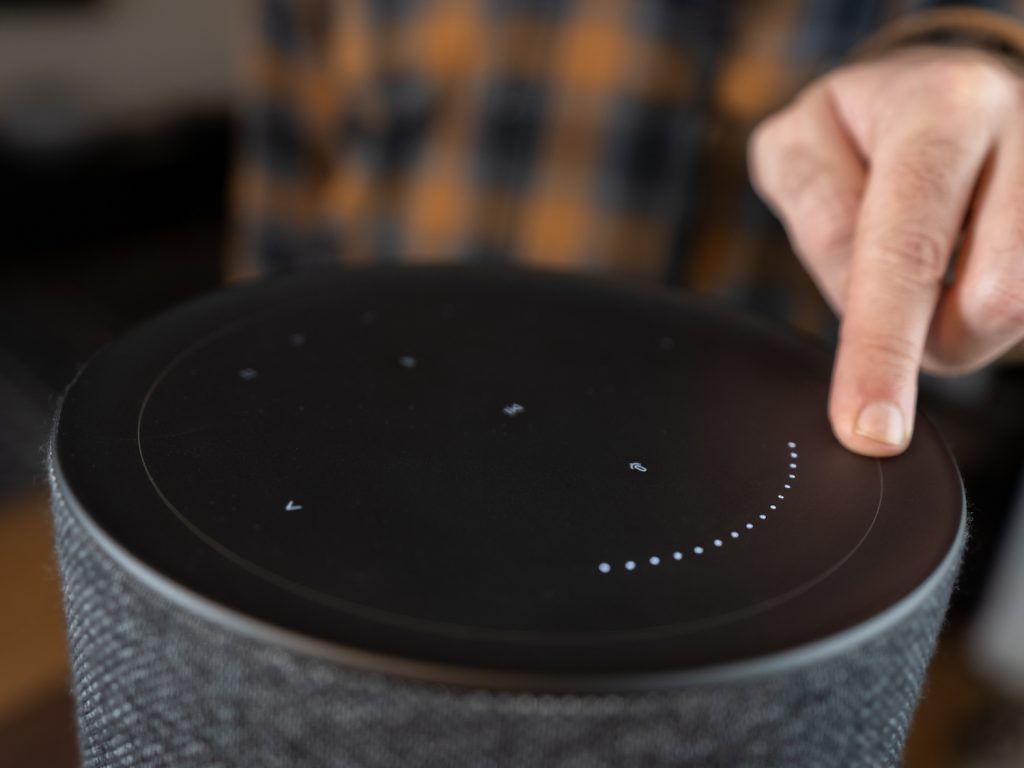
The drawbacks of the Beosound Balance include an uneven tonal balance because of a significant lack of low midrange, and a slight lack of both low-end and high-end extension. By its nature, the Beosound Balance has no perceived wideness, and distance rendering is unrealistic because of the lack of low mids. Speaker compression and timbre issues affect the overall dynamics performance, especially when watching video content like movies. In objective testing, strong distortions were detected at loud and maximum volumes.
Sub-scores explained
The DXOMARK Speaker overall score of 145 for the Bang & Olufsen Beosound Balance is derived from a range of sub-scores. In this section, we will take a closer look at these audio quality sub-scores and explain what they mean for the user, and we will show some comparison data from two of the device’s principal competitors, the Bowers & Wilkins Formation Wedge and The Pearl Akoya by Cabasse.

Timbre
Bang & Olufsen Beosound Balance
152
DXOMARK timbre tests measure how well a speaker reproduces sound across the audible tonal range and takes into account bass, midrange, treble, tonal balance, and volume dependency.
The Bang & Olufsen device produced good timbre performance overall, even if it wouldn’t be unreasonable to ask for more at this price range ($2,250 on the Bang & Olufsen website). Tonal balance is uneven, with a significant lack of low midrange as well as an unnaturally prominent high midrange. This unusual midrange presence can make the speaker fatiguing on the ear, as it leads to an aggressive tonal balance, especially at loud volume (as in the party use case).
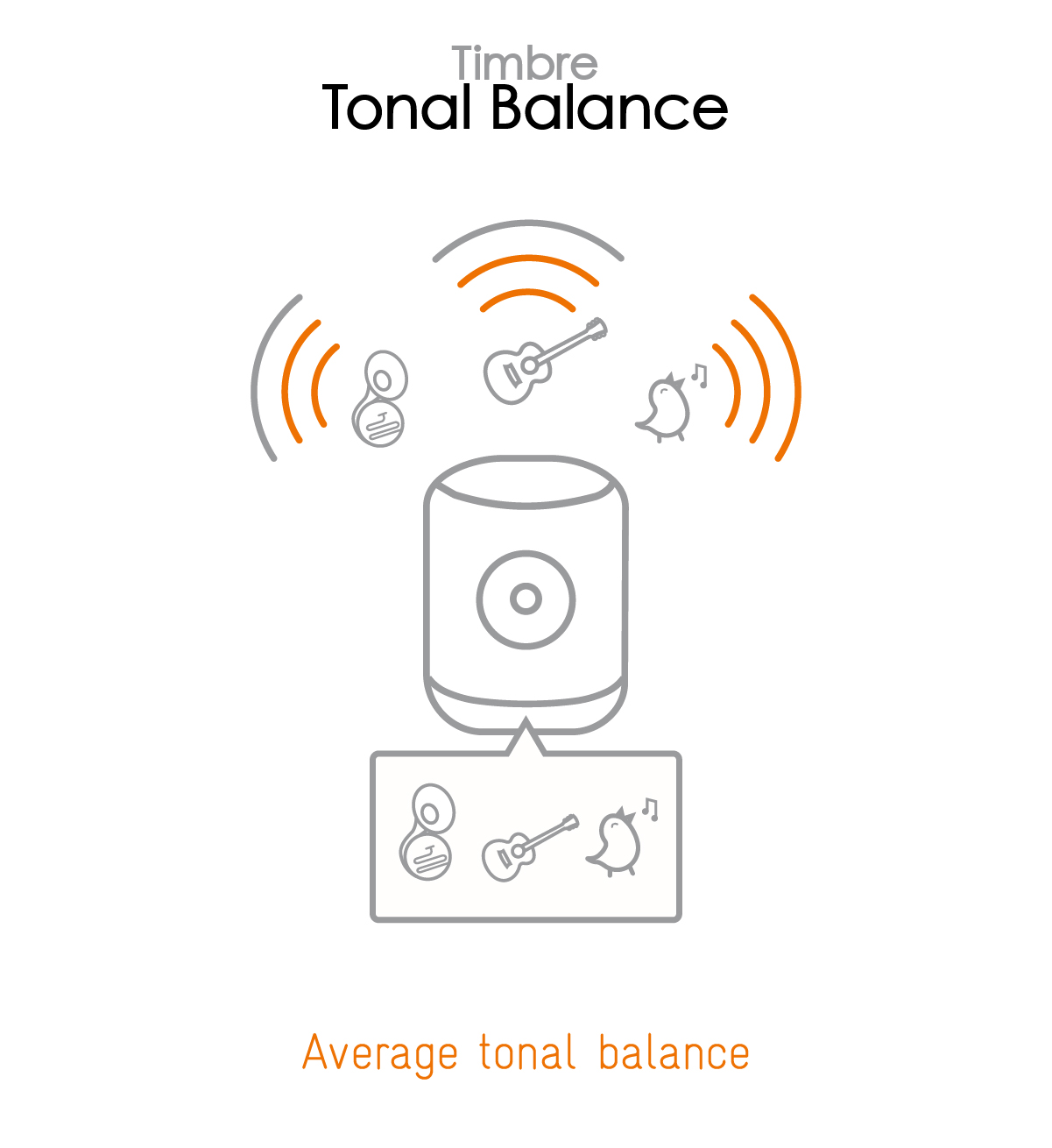
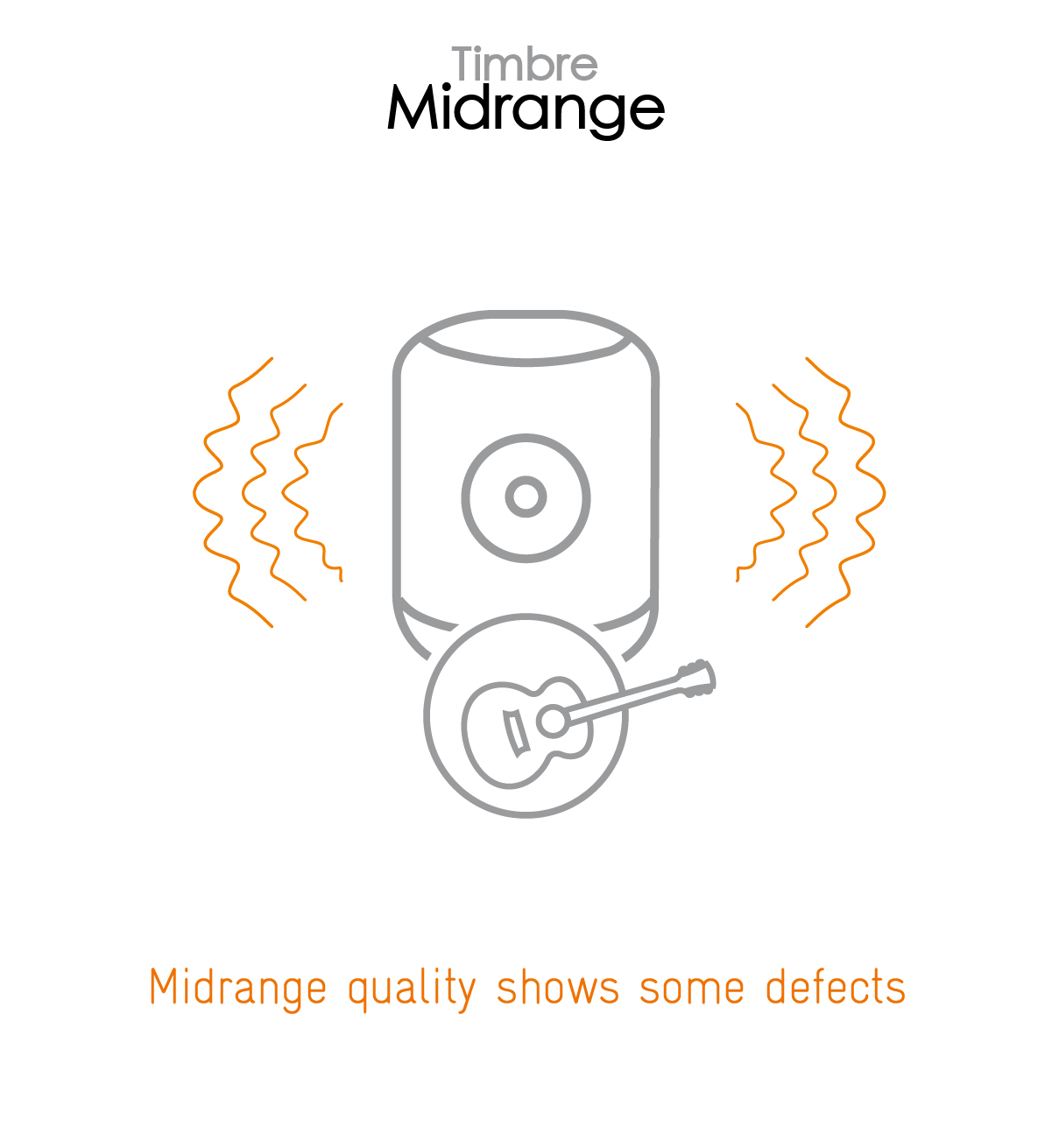
The treble presence is good, but it sounds very bright and metallic, with a lack of precision and high-end extension. Bass rendering is really on target, even at low volume, but lacks low-end extension. The room compensation feature is helpful when playing content with strong bass presence, especially in reflective environments, because it helps control resonances. In most use cases, however, this algorithm is not relevant, as it tends to increase midrange inconsistency by reducing low midrange/upper bass. It is possible to adjust the timbre/tonal balance thanks to the several sound settings in the Bang & Olufsen app. (Our engineers performed all tests with the best parameters for each use case.)

Dynamics
Bang & Olufsen Beosound Balance
137
Our dynamics tests measure how well a device reproduces the energy level of a sound source, taking into account attack, bass precision, and punch.
The Bang & Olufsen Beosound Balance turned in a strong performance in dynamics. Attack was precise overall, even at low volume, but it could be slightly rounded by speaker compression. Bass precision is very good, but a slight lack of low-end extension affects the fidelity. Punch is very accurate in most cases, but sometimes it was impaired by timbre issues and speaker compression, which can decrease the overall energy and render the dynamics flat. Our engineers noted this situation in the movie-viewing use case in particular.
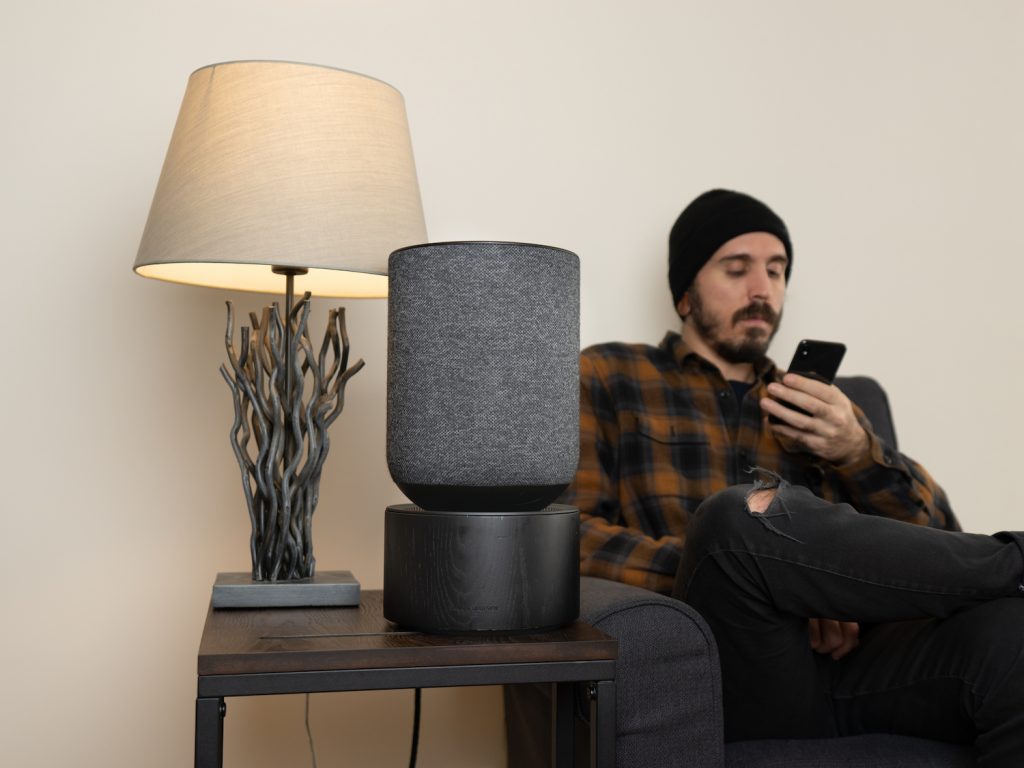

Spatial
Bang & Olufsen Beosound Balance
111
Our spatial tests measure a speaker’s ability to reproduce stereo sound in all directions, taking into account localizability, balance, wideness, distance, and directivity. Please note that wideness is 0 on mono speakers and on speakers that cannot deliver a significant stereo effect.
With its 360-degree design, the Beosound Balance produced great directivity and an overall good performance in the spatial category, even taking into account that it received a score of 0 for wideness. The sound is not perfectly consistent all around, however, because of issues with comb filtering between the front, rear, left, and right positions of the device.
Distance performances were impaired by a strong lack of low-mids, which tends to push voices back in the mix. Moreover, in the bathroom use case, reflective surfaces can make vocals appear slightly behind the device because of that 360-degree design. The beam forming technology works well and allows users to select sound directivity (omni = 360, front, left, right). As ever, our engineers conducted all tests with the best parameters for each use case.

Volume
Bang & Olufsen Beosound Balance
141
Our volume tests measure both the maximum loudness a speaker is able to produce and how smoothly volume increases and decreases based on user input.
The score for the volume performance of the Beosound Balance could have been better if not for non-optimal volume consistency. The first two volume steps are almost the same, and so are the last two, as you can see in the chart above. That said, our engineers were impressed by the maximum volume, as the Bang & Olufsen device is among the loudest they have tested thus far.
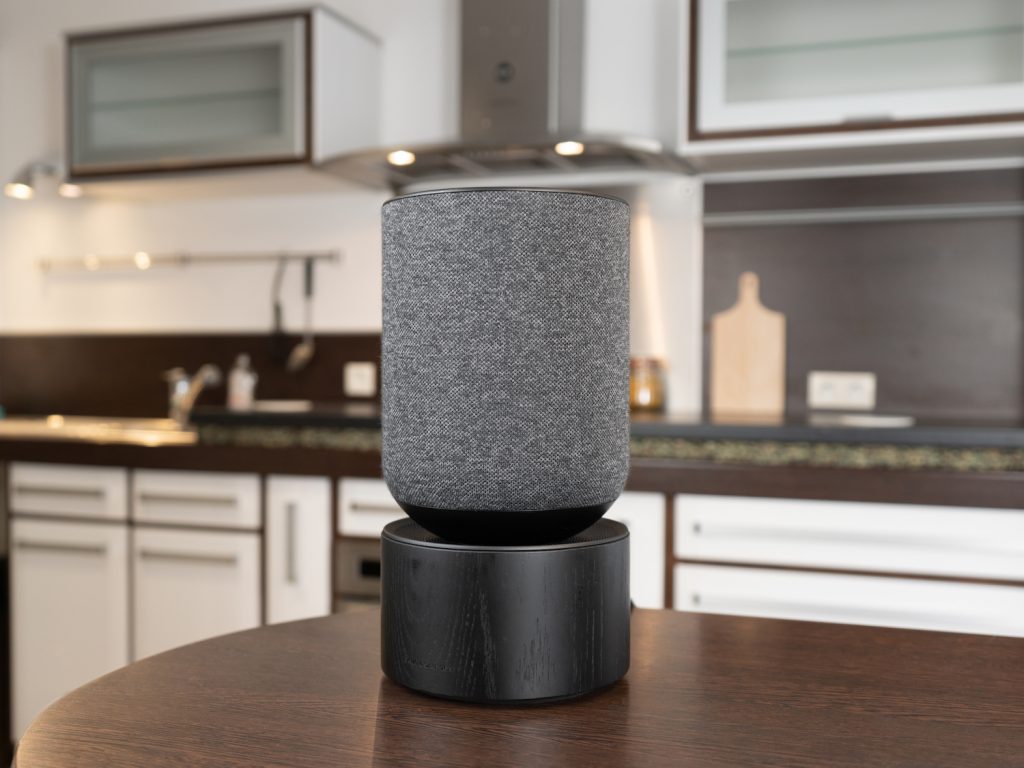
Here are a few sound pressure levels (SPL) we measured when playing our sample recordings of hip-hop and classical music at maximum volume:
| Correlated Pink Noise | Uncorrelated Pink Noise | Hip-Hop | Classical | Latin | Asian Pop | |
| Bang & Olufsen Beosound Balance | 93.4 dBA | 91.8 dBA | 90.8 dBA | 93.5 dBA | 91.1 dBA | 85.6 dBA |
| Cabasse The Pearl Akoya | 86.9 dBA | 84.2 dBA | 85 dBA | 76.2 dBA | 86.9 dBA | 77.9 dBA |
| Bowers & Wilkins Formation Wedge | 90.4 dBA | 87.4 dBA | 89.1 dBA | 81 dBA | 90.2 dBA | 83 dBA |

Artifacts
Bang & Olufsen Beosound Balance
133
Our artifacts tests measure how much source audio is distorted when played back, along with such other sound artifacts as noise, pumping effects, and clipping. Distortion and other artifacts can occur both because of sound processing and because of the quality of the speakers.
The Beosound Balance had very few artifacts overall, with no temporal artifacts detected even in the party use case. Perceptually, our engineers noted no spectral artifacts either, though objective testing found strong distortions at loud and maximum volumes. No latency was noticeable when watching video content using the AirPlay 2 protocol; using Bluetooth, however, latency was very intrusive: we don’t recommend using it for watching movies or TV. With the optical jack input, latency was detectable but not disturbing.
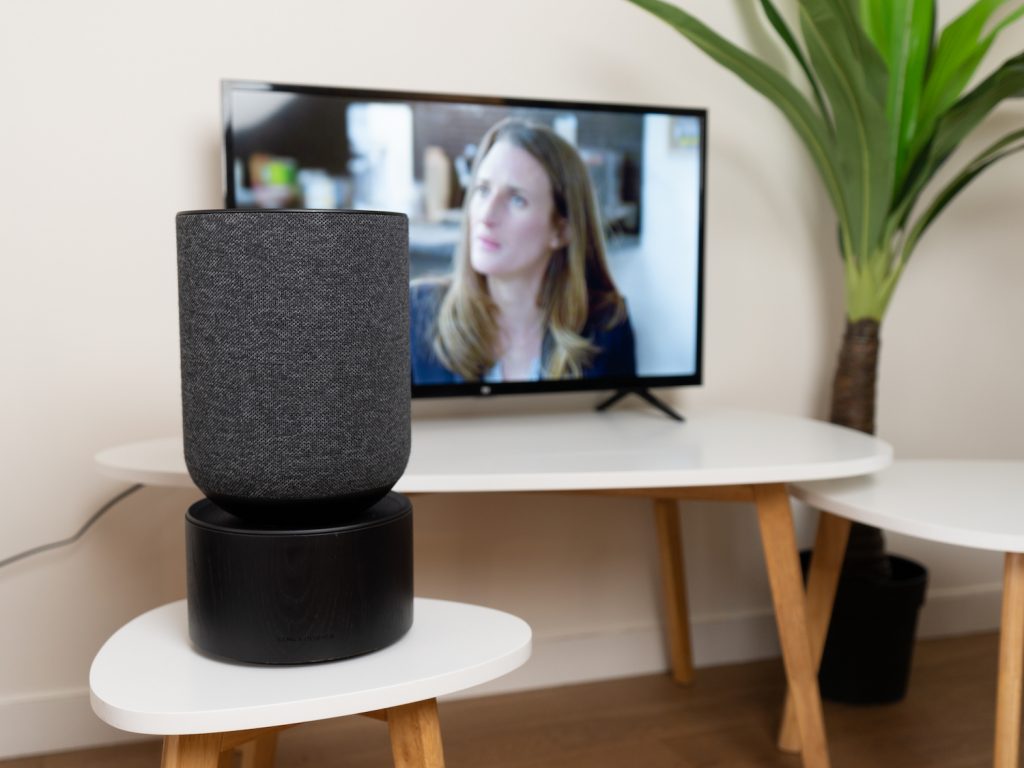
Conclusion
The Bang & Olufsen Beosound Balance produces a strong overall performance, with some appealing features that increase its flexibility as a home speaker. The ability to adjust the device according to its placement in a room is a plus, but at this price point (about twice the cost of the top score holder in our database, the Bowers & Wilkins Formation Wedge), we expected a little more.
Tonal balance is uneven, with a significant lack of low midrange, and a slight lack of low-end and high-end extension. Speaker compression and timbre issues affected dynamics, especially when using the device as a sound source for video content. Volume consistency was also problematic. That all said, the Beosound Balance had good treble presence and good bass rendering, even at low volumes, and the 360-degree design helped produce strong scores in the spatial category. Bass precision is also a plus, and basically there were no perceivable artifacts.


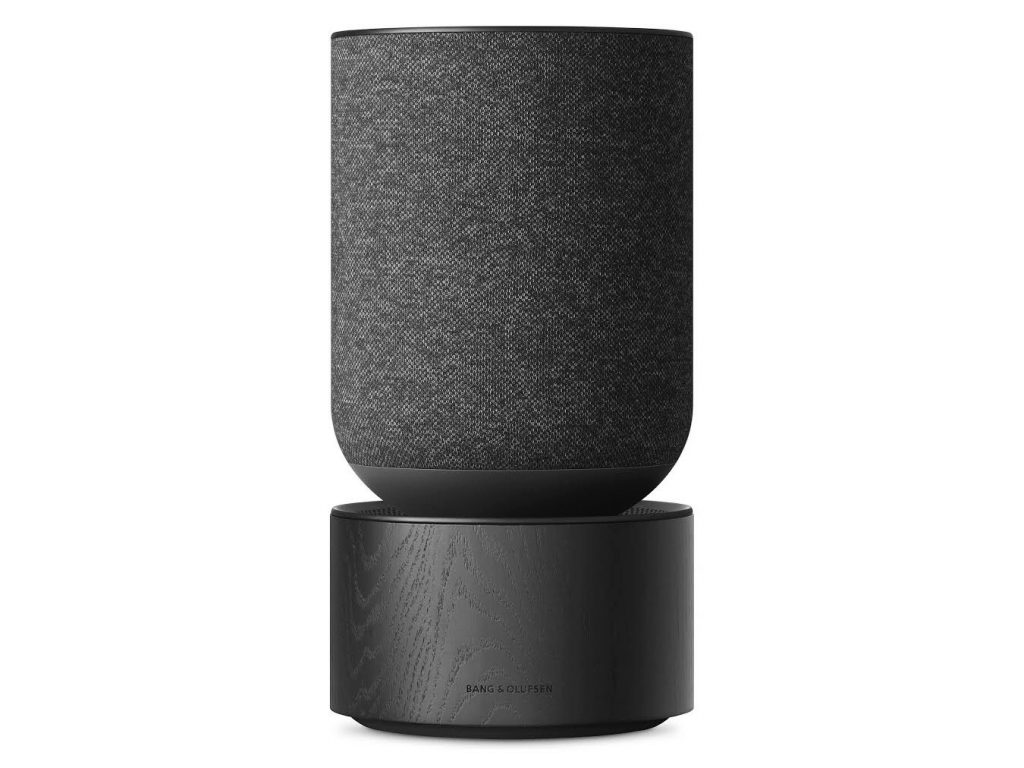
DXOMARK encourages its readers to share comments on the articles. To read or post comments, Disqus cookies are required. Change your Cookies Preferences and read more about our Comment Policy.